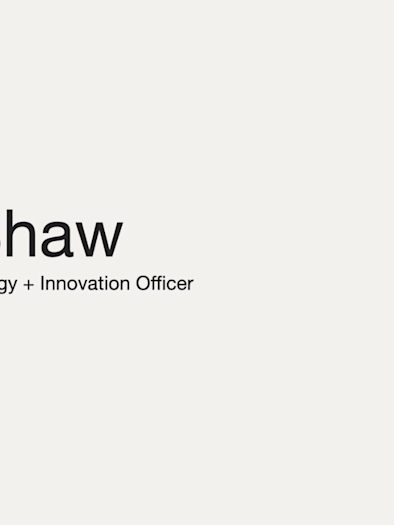
Santa’s newest challenge: EU Corporate Sustainability Reporting
It’s that time of the year that many of us have been looking forward to for the past 11 months. As winter festivities approach, a star shines brighter than others in the sky: Santa Claus.
Every year, in just one night, our hero satisfies the wishes of anywhere between 500 million and 1.6 billion children , spread over the entire globe. Actually, his work starts much earlier: letters to process, toys to manufacture and wrap, routes to calculate, reindeers to feed…
Does he do everything by himself? Of course not. It has been estimated that, between his several post offices, workshops and warehouses, he employs around 110,000 elves: a full-fledged company, with its own subsidiaries – some in the EU, some in the EEA and some outside. He keeps the location of his HQ on a need-to know basis, but from a very divisive poll around our office we have gathered that he is active in Rovaniemi (Finland), Uummannaq (Greenland), Drobak (Norway), the North Pole and somewhere in Swedish Lapland. His turnover is estimated at around 18 billion euros. Not bad, right?
However, children are growing more environmentally and socially conscious than ever and would like to know more about the whole upstream process taking place before the gifts are delivered.
They are lucky: EU policy has come to help.
We are pretty sure that, at the latest by January 2026 – and, if he is listed on a regulated EU market, already by 2025 – Santa will have to comply with the EU Corporate Sustainability Reporting Directive (CSRD). What does it mean? What will he have to do?
After a third-party materiality assessment has analysed which social, environmental and governance issues affect (are “material to”) his gifting and delivering activities, Santa will have to report on his operations based on the recent European Sustainability Reporting Standards (ESRS).
He will for sure have to provide environmental data: how much energy does his workshop use? How is this energy produced? How much waste does all that toy packaging produce – and does Santa as producer take any responsibility for this? How sustainable are his suppliers, and where do the raw materials for toys come from? Are those toys recyclable? Not to mention his sleigh, covering all those kilometers in a single night…
It doesn’t end with environmental data. Is he socially responsible? Are post office and warehouse elves treated fairly? He will need to provide data on health and safety incidents in the workplace, training programs for elves, and the diversity among the elf population. And are there policies in place that protect reindeers?
Governance is the third very crucial piece of the reporting puzzle. We sincerely hope Santa does not run his multi-billion empire by taking decisions on his own. It could be that he also involves Mrs. Claus, Bernard the Elf, or any elves’ union’s representatives at the table. In any case, he will have to include this in his annual report for all to see.
While CSRD requirements mostly address the need to publicly inform investors, the upcoming Corporate Sustainability Due Diligence Directive (CSDDD) will soon demand further concrete action. Most likely by 2027, Santa will not only need to report on the sustainability of his activities, but also ensure that his operations and supply chain are fully transparent and do not generate adverse social and environmental impact.
His business strategy will need to align with the Paris Agreement’s goal of limiting global warming to no more than 1.5°C above preindustrial levels. We hope he is already developing a transition plan.
He might choose to use sustainable alternatives to power up the workshops: given the continuous darkness during winter at such high latitudes, we wouldn’t recommend solar panels; but wind turbines are definitely an option. Perhaps some post-reindeer biomethane?
And again, what about that sleigh? Fossil fuels and animals are part of the last century: time to renew your fleet, Santa. Maybe the elves can prepare a zero-emissions magic potion, or a super-light stealth battery? (Provided they do not bear any chemical hazards, of course.)
Elves should be treated fairly and receive a decent wage so that they can maybe spend the rest of the year in warmer places. They should also be allowed to work from home. We’re in 2023 after all: no need to commute every day and emit all that CO2.
With 180+ EU policies under the Green Deal, there’s plenty to dig into. Other laws will ask Santa to make sure the wrapping paper comes from non-deforested land and that the packaging is fully recyclable. That’s already one heck of a job, isn’t it?
We believe in Santa, and we know he will be ready to comply with all these requirements.
Just like him, businesses must also take a hard look at their environmental impact, supply chains, and overall sustainability practices. The European Union’s Corporate Sustainability Reporting Directive (CSRD) and Corporate Sustainability Due Diligence Directive (CSDDD) are very much a reality, and their implementation deadlines are set for 2025 and 2027, respectively. Deadlines are fast approaching, just like that last-minute holiday gift that you still need to get for your colleague.







